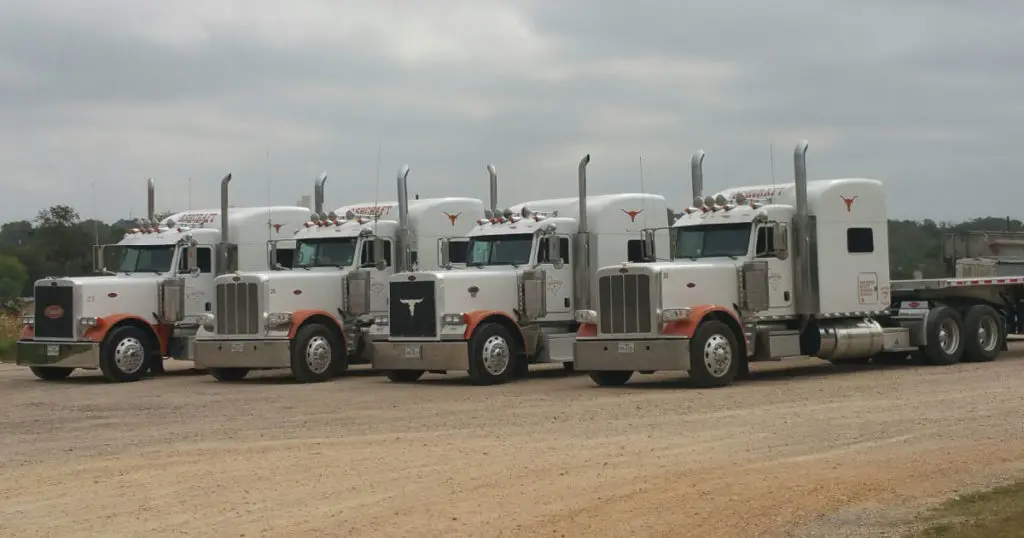Freight is classified as exempt and not exempt freight, and if you’re hauling exempt freight, you might have some restrictions. How do you know what type of freight is exempt and which type is not exempt? Let us help you figure out the differences.
What is Exempt Freight?
Exempt freight includes commodities that are perishable or that can expire. Things that haven’t been processed, like dairy products and hay bales, are classified as exempt. Also timely, dated materials, like newspapers, are also exempt.
Some other examples are:
- Fresh produce
- Newspapers
- Ordinary livestock
- Buttermilk
- Christmas trees
- Honey
- Plants (flowers, trees and bulbs)
What is Not exempt Freight?
Freight that is processed is typically classified as non-exempt because it tends to last longer and may contain preservatives that prevent spoilage.
Some examples are:
- Paper products
- Gravel
- Insecticides
- Dog Food
- Lumber
For a complete list of types of freight that are exempt, and types of freight that are not exempt, visit the FMCSA’s Composite Commodity List.
Did you know that the type of freight you haul can determine if you can file on a broker’s bond?
How does exempt freight affect you?
If a broker doesn’t pay, one solution may be to file on the broker’s bond. However, claims involving exempt freight are invalid claims and don’t qualify. One solution may be to contact the shipper or receiver to request payment for the load you hauled.
Protect yourself on exempt loads
Because filing on a broker’s bond is not a guaranteed solution, be sure to protect yourself by keeping a clean bill of lading (BOL) with your name on it. Also, make every effort to prevent damage to the freight you haul.
Also keep in mind that exempt loads, like produce, may pay higher rates but may also be riskier to haul.
